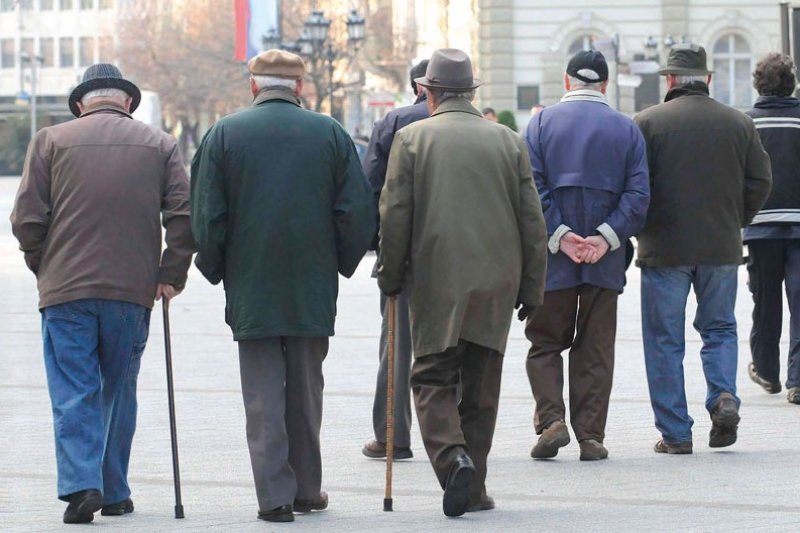Number of Elderly People Higher than Youngsters in Eight Counties
Demographic transition is changing year after year Albania's population in favor of old ages, while the number of young people is falling due to the decline in births.
INSTAT has calculated that in eight districts of the country Berat, Elbasan, Fier, Gjirokastër, Korçë, Lezhë, Shkodër, Vlorë at the beginning of 2023 the number of young people is smaller than the number of elderly people.
The counties with the highest youth dependency ratio are those of Kukës and Dibra, respectively with 33.7 and 32.0 people younger than 15 years for 100 people from 15 to 64 years old.
In January 2023, there were 443,227 young people under the age of 15 and 454,496 elderly people aged 65 or more in Albania. The working age population (people aged 15 to 64) was 1,864,062 people during the same year.
As can be seen, from the distribution of the population according to the three main age groups, in four counties there are more young people compared to the elderly (Diber, Durrës, Kukës, Tirana).
On the other hand, the counties with the highest elderly dependency ratio are those of Gjirokastra and Lezha, respectively with 28.0 and 27.8 people older than 65 years for 100 people from 15 to 64 years old. The districts with the lowest elderly dependency ratio are those of Tirana and Shkodra, respectively with 22.8 and 23.4 people older than 65 years for 100 people from 15 to 64 years old.
While the counties with the lowest youth dependency ratio are Gjirokastra and Vlora, with 19.4 fewer people since 2001, although not all counties have followed this trend.
The average population of Albania for 2022 decreased from 2,811,666 inhabitants to 2,777,689 inhabitants in 2021. In 2022, the county with the largest average population in Albania was Tirana, with 922,386 inhabitants, followed by the county of Durrës with 290,561 residents.
At the same time, the two counties with the smallest average population in 2022 were Gjirokastra and Kukes, respectively with 54,296 and 72,133 inhabitants. During the year 2022, only the population of Tirana county has increased, while all other counties had a negative rate of population growth.
The district of Tirana had the highest level of average population growth during 2022, as it increased by 0.7% compared to 2021. On the other hand, the district with the lowest rate of average population growth was that of Gjirokastra , with -4.2%, during the year 2022.
Albania is experiencing the effects of population aging after a period of demographic transformation never seen before in its history, a period during which the number of elderly persons has increased several times, while the number of children has decreased, as a result of the decline of fertility, and the decline in the number of young people, due to immigration.
This accelerated demographic transition has been accompanied by a shrinking of the family and its traditional support role for the elderly. Moreover, unlike most countries in the region, Albania does not inherit from the past a traditional and integrated system of health and social care for the elderly.
As a result of the economic-social situation, as well as the phenomena related to the transition, individuals and groups excluded or at risk of exclusion face very critical situations that affect the denial, exclusion or non-respect of their rights.
(Source: Monitor)













